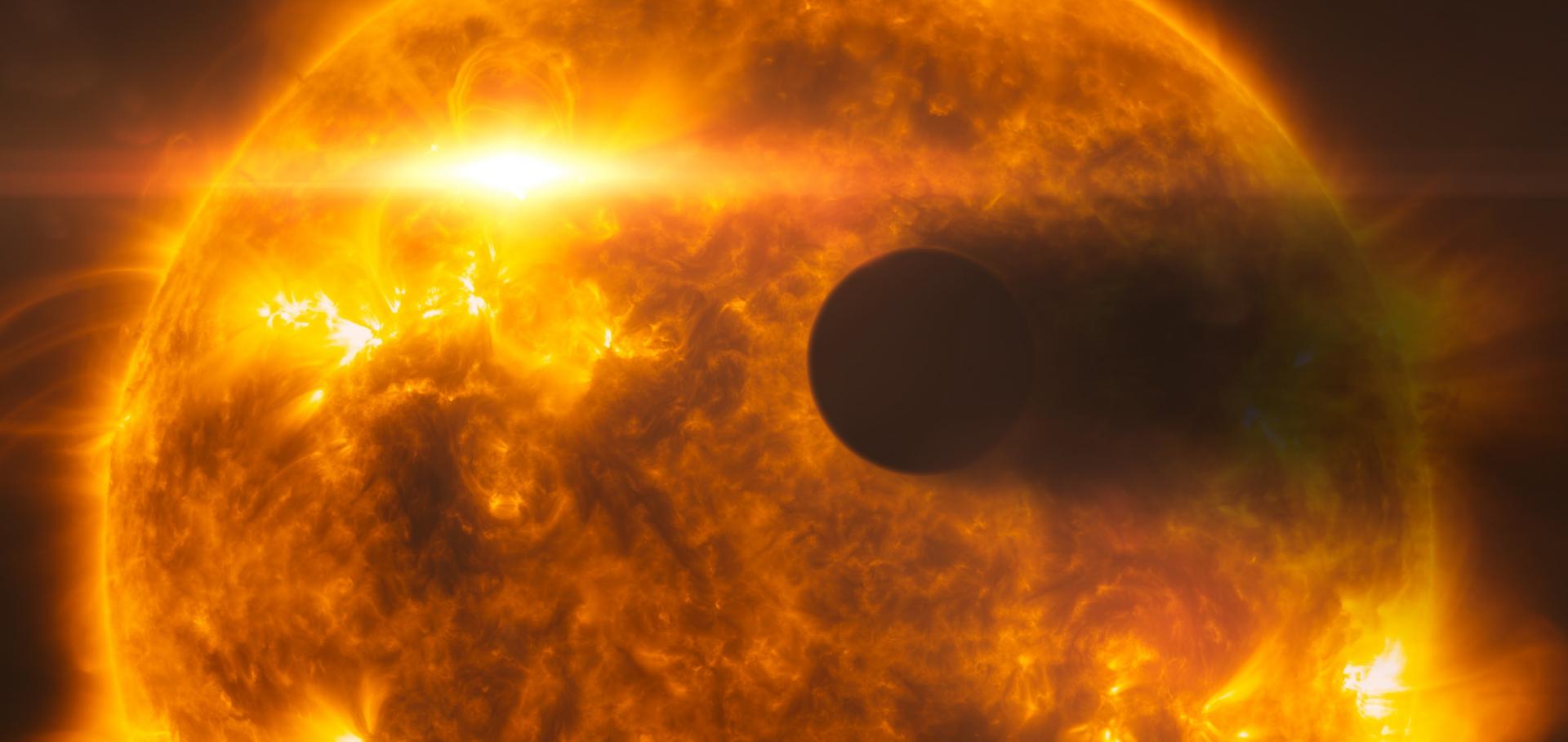The frequency content of the VIRGO/SoHO light curves: Implications for planetary transit detection from space
SCIENTIFIC FRONTIERS IN RESEARCH ON EXTRASOLAR PLANETS 294 (2003) 441-444
The photospheric abundances of active binaries I Detailed analysis of HD 113816 (IS Vir) and HD 119285 (V851 Cen)
(2002)
Activity science with data from the upcoming generation of space-based high-accuracy photometric data
Astronomische Nachrichten 323:3-4 (2002) 283-287
Abstract:
A number of high-accuracy photometric missions will be launched in the next 6 years, starting with small, missions which will observe only a handful of objects and progressing to large size (1 m class), large field of view telescopes allowing the observation of up to some 100 000 stars simultaneously. While the prime science goals of these missions will be asteroseismology and terrestrial planet finding, their long-term, accurate photometric data will encode the surface activity pattern of each target star, and thus allow activity science to be performed on unbiased samples of stars of unprecedented size. The measurements which can be carried out in this way include the integrated activity level, the spot distribution and the rotation period. We discuss summarily the upcoming missions, and in some detail the activity measurements which can be performed with them. Eddington, an ESA mission whose primary science goals are asteroseismology and extra-solar terrestrial planet finding, and scheduled for launch in 2007, is also discussed in some detail.A modified version of the Gregory-Loredo method for Bayesian periodic signal detection
(2002)
The Frequency Content of the VIRGO/SoHO Lightcurves: Implications for Planetary Transit Detection from Space
(2002)


